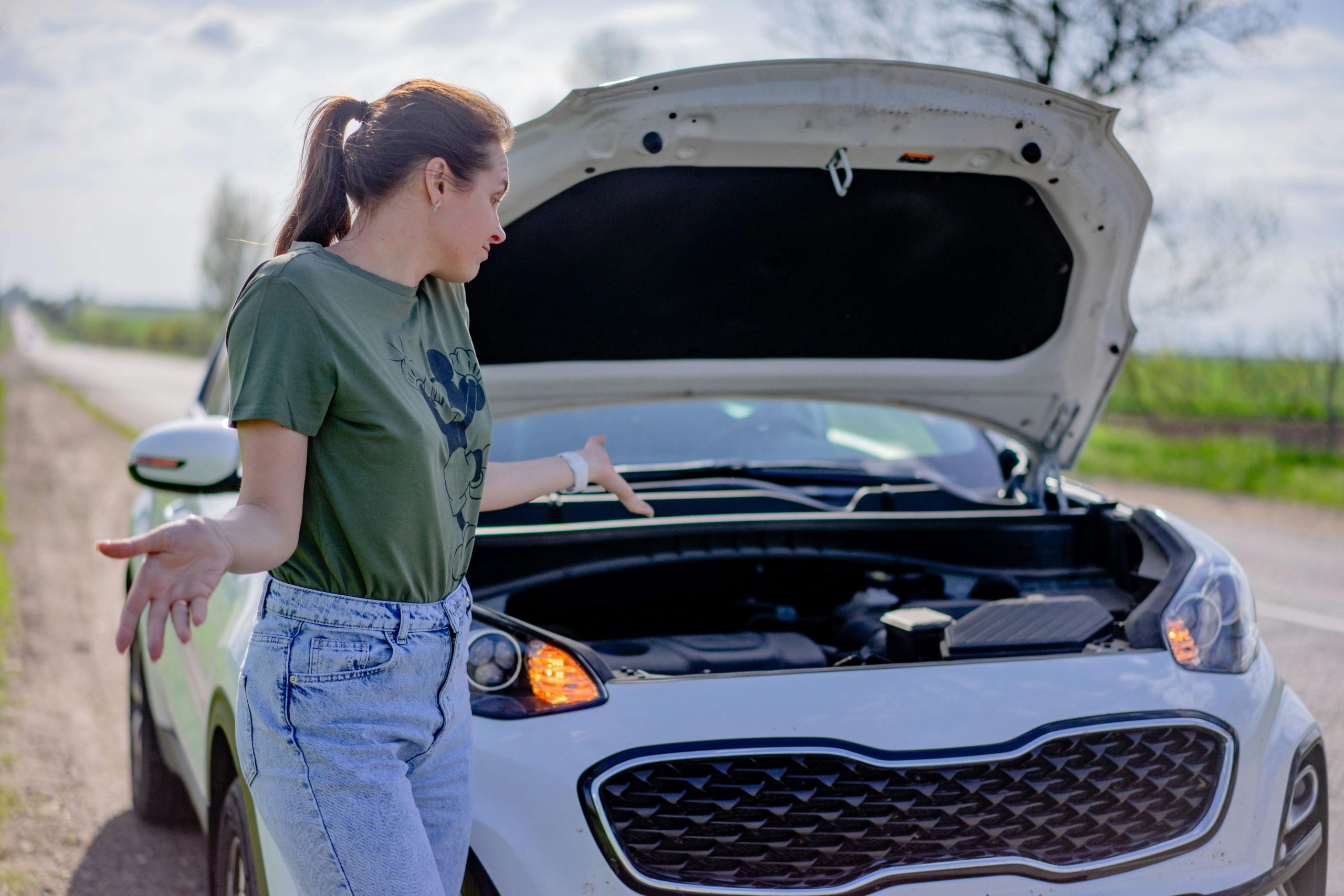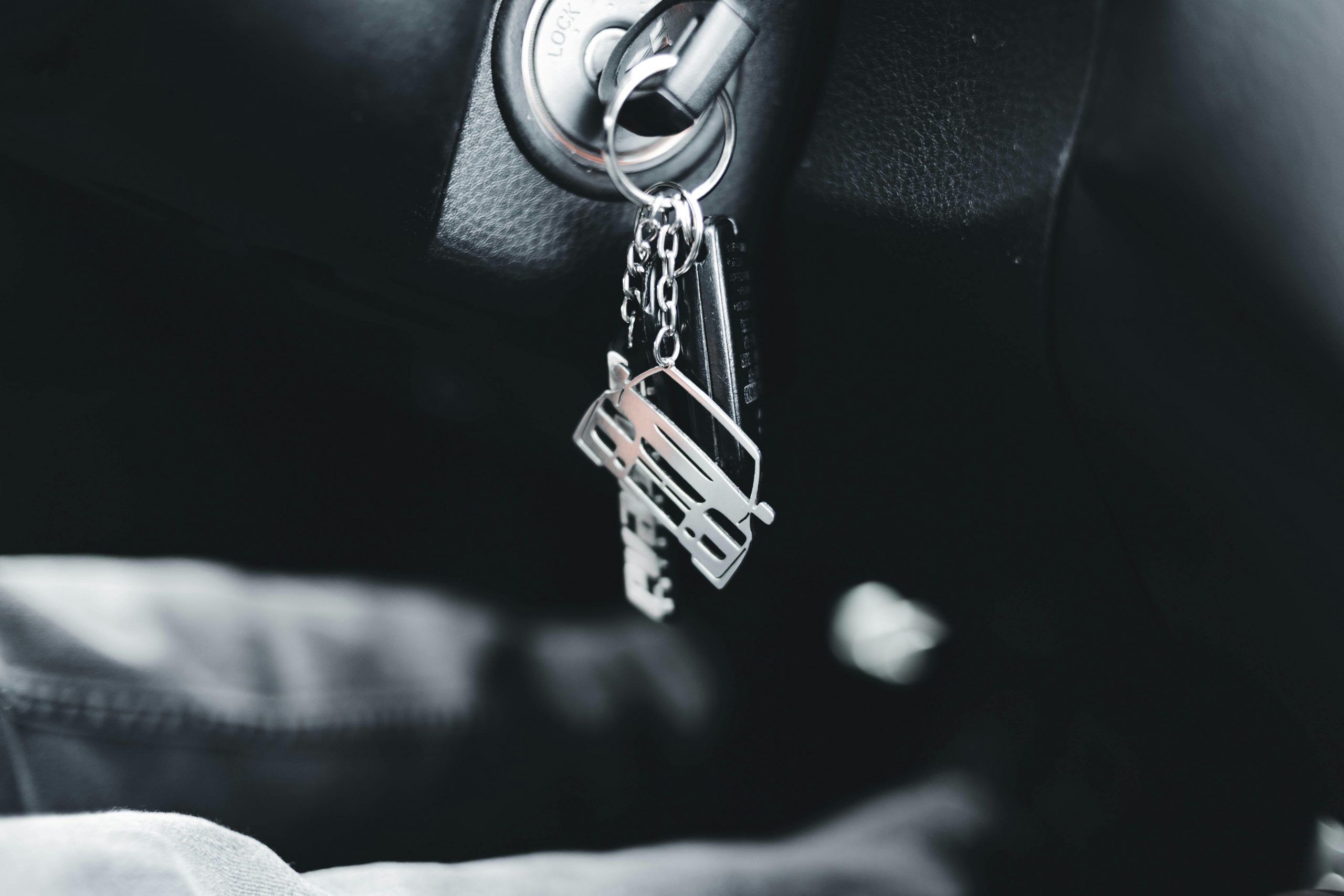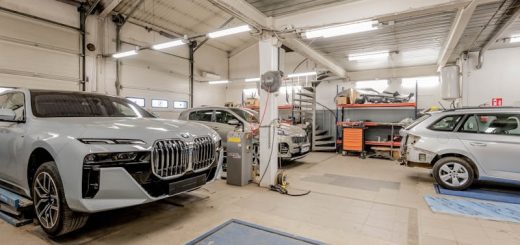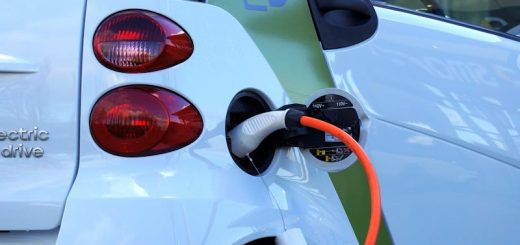What to Do If Your Car Won’t Start After Replacing the Battery


Highlights
- A car that won’t start after a new battery often points to issues beyond the battery itself, such as corroded cables or faulty connections.
- Always double-check your installation—loose terminals or reversed polarity are common causes of startup failure.
- Electrical system problems, including blown fuses or a failing alternator, can prevent your vehicle from starting even with a fresh battery.
- Use a multimeter to test voltage and confirm the battery and charging system are functioning properly.
- If your dashboard lights or electronics work but the engine doesn’t crank, the starter motor or ignition switch could be the culprit.
- Regular maintenance and professional diagnostic checks help prevent future starting issues.
- Choosing an auto battery with good reviews ensures reliability, performance, and longer lifespan for your vehicle.

Replacing your car battery should solve starting issues—but what happens when your vehicle still refuses to start afterward? It’s a frustrating scenario that often catches drivers off guard. Luckily, the problem usually has a logical explanation and can often be resolved with a few smart troubleshooting steps.
This guide will walk you through why your car might not start after a new battery installation, how to identify common causes, and when it’s time to call a professional. Whether you’re a DIY enthusiast or just trying to avoid a tow bill, these practical tips can help get you back on the road quickly and safely.
1. Start with the Basics: Check the Battery Installation
The simplest mistakes are often the most common. When your car won’t start after replacing the battery, begin by reviewing your installation process.
Check Terminal Connections
Ensure both battery terminals are securely fastened and free of corrosion. Loose or poorly seated clamps can prevent electrical flow to the starter and ignition system.
Steps to confirm a solid connection:
- Tighten both the positive and negative clamps until snug.
- Make sure the positive (red) cable connects to the positive post and the negative (black) cable connects to the negative post.
- Avoid overtightening, which can crack the battery post or clamp.
- Clean any corrosion using a baking soda and water mixture.
Inspect the Battery Hold-Down
If your battery isn’t secured properly, it may shift while driving, causing disconnections or internal damage. Always ensure it’s fastened tightly using a proper hold-down bracket.
2. Test the Battery’s Charge
Even if you just purchased a new battery, it might not be fully charged or could have a manufacturing defect. A multimeter can quickly reveal whether the battery is healthy.
Ideal voltage readings:
- 12.4V to 12.6V → Fully charged
- 12.2V → Partially charged
- Below 12V → Undercharged or defective
If your battery voltage is low, recharge it using a trickle charger or have it tested at a nearby auto parts store. Some stores even provide free load testing services.
Tip: When shopping for replacements, look for an auto battery with good reviews to ensure reliability and consistent performance.
3. Check the Fuses and Relays
Your vehicle’s electrical system relies on a network of fuses and relays that protect circuits from overload. A single blown fuse or faulty relay could prevent your car from starting, even if the battery is perfect.
Steps to check fuses:
- Locate the fuse box (usually under the hood or near the driver’s side dashboard).
- Use your owner’s manual to identify the starter, ignition, and ECU fuses.
- Look for blown fuses with melted metal or discoloration.
- Replace them with identical amperage ratings.
Inspect the Starter Relay
A bad starter relay can interrupt the signal between your ignition switch and starter motor. Swap it with another identical relay in the box to test whether it’s the issue.
4. Examine Battery Cables and Ground Connections
Even if your battery and fuses check out, faulty wiring or poor grounding can block current from reaching vital components.
Inspect your cables for:
- Cracked or brittle insulation
- Green or white corrosion buildup
- Loose grounding bolts on the engine block or frame
To fix grounding problems:
- Clean the connection points with sandpaper or a wire brush.
- Apply dielectric grease to prevent future corrosion.
- Replace frayed or corroded cables as needed.
A solid ground is essential for a smooth start and consistent electrical performance.
5. Assess the Starter and Ignition System

If you hear a clicking sound but the engine doesn’t crank, your starter motor may be the problem. If there’s complete silence when you turn the key, the ignition switch or solenoid might be failing.
Signs of a bad starter or ignition system:
- A single loud click when turning the key
- Dashboard lights dim when starting
- Smoke or a burning smell near the engine bay
How to test:
- Tap the starter lightly with a wrench. If the car starts afterward, the starter motor likely needs replacement.
- Have a mechanic perform a voltage drop test to confirm the issue.
6. Evaluate the Alternator
A weak or failing alternator might not charge the new battery properly, leading to repeated starting issues.
Common symptoms of alternator failure:
- Battery warning light on dashboard
- Dim headlights or flickering interior lights
- Electrical accessories (radio, power windows) malfunctioning
- Car starts but stalls shortly after
Testing your alternator:
- Use a multimeter while the engine runs. A healthy alternator should output 13.8V–14.4V.
- If voltage remains low, replace or repair the alternator promptly to avoid draining the new battery.
7. Check for Security or Anti-Theft System Problems
Modern cars have anti-theft systems that can lock the ignition if they detect a battery change as a security threat. This is especially common after disconnecting the battery for an extended period.
Try these fixes:
- Lock and unlock the car using the key fob to reset the system.
- Insert the key and leave it in the “On” position for 10 minutes before trying to start.
- Check your manual for a specific reset procedure.
- If your car uses push-button start, replace the key fob battery.
8. Reset or Reprogram Vehicle Electronics
Some newer vehicles require reprogramming after a battery swap to reset electronic controls such as idle speed, throttle position, and even transmission settings.
How to perform a basic reset:
- Disconnect the negative terminal for 15 minutes.
- Reconnect and turn the ignition to “On” (without starting) for 10 seconds.
- Start the engine and let it idle for 10–15 minutes to recalibrate.
- Drive at various speeds to allow adaptive learning.
Systems that may need resetting:
- Radio or infotainment system
- Power windows and seats
- Engine Control Unit (ECU)
If the car still won’t start, use an OBD-II scanner to check for diagnostic trouble codes.
9. Look for Parasitic Battery Drain
A parasitic draw occurs when an electrical component continues to use power even when the car is turned off. This can drain a new battery overnight and cause confusion.
Possible culprits:
- Glove box or trunk light staying on
- Faulty alarm system or sensor
- Malfunctioning control module
How to diagnose:
- Connect a multimeter in series with the battery’s negative cable.
- Measure the current draw with everything off. Normal draw is under 50 milliamps.
- Pull fuses one at a time to find which circuit is causing the drain.
Fixing the issue:
- Replace the faulty component or relay.
- Consider professional help if the problem involves complex electronics.
When to Call a Professional Mechanic
If you’ve gone through all the troubleshooting steps and your car still won’t start, it’s time to bring in an expert. Persistent issues could indicate a problem with the ECU, wiring harness, or deeper electrical faults.
How to choose a reliable mechanic:
- Look for ASE-certified technicians.
- Read reviews and check for transparent pricing.
- Choose shops with diagnostic equipment for modern vehicles.
- Ask if they specialize in electrical troubleshooting.
If you’re stranded, a mobile mechanic can test and replace parts on-site—saving you the cost of towing.
Preventive Maintenance for Long-Term Reliability
Regular maintenance helps ensure your battery and electrical system work properly after replacements.
Simple preventive tips:
- Replace your car battery every 3–5 years, depending on climate.
- Test your battery twice a year, especially before winter.
- Keep terminals clean and apply anti-corrosion spray.
- Have the alternator and starter tested annually.
- Store your car in a garage or use a battery tender if you drive infrequently.
Extra Tip: Avoid draining your battery by turning off lights, accessories, and electronics before shutting off the engine.
Safety Reminders When Working on Car Batteries
While replacing or troubleshooting a battery seems simple, it involves real electrical risks. Always work safely.
Safety checklist:
- Wear gloves and safety glasses.
- Disconnect the negative terminal first, reconnect it last.
- Avoid touching both terminals simultaneously.
- Keep sparks, open flames, and metal jewelry away.
- Dispose of old batteries at certified recycling centers.
Following these precautions can prevent short circuits, acid burns, and fire hazards.
The Role of Battery Quality and Compatibility
Not all car batteries are created equal. Using a battery that doesn’t meet your vehicle’s specifications can cause repeated starting problems and shorten battery life.
When selecting a battery:
- Match the cold cranking amps (CCA) to your vehicle’s requirements.
- Check group size and terminal layout.
- Choose reputable brands with warranties and service support.
Low-quality or mismatched batteries might seem cheaper upfront but can cause long-term costs through poor reliability or system damage.
Conclusion: Don’t Panic, Diagnose Smart
A car that won’t start after replacing the battery can feel discouraging—but most causes are fixable without major expense. From loose connections to blown fuses or alternator failure, each issue has a solution.
Start with simple checks, follow each step carefully, and remember: patience and observation go a long way. When in doubt, consult a certified mechanic who can use diagnostic tools to identify electrical faults accurately.
By keeping your battery, alternator, and wiring in top shape, you’ll enjoy reliable starts and fewer roadside surprises.

